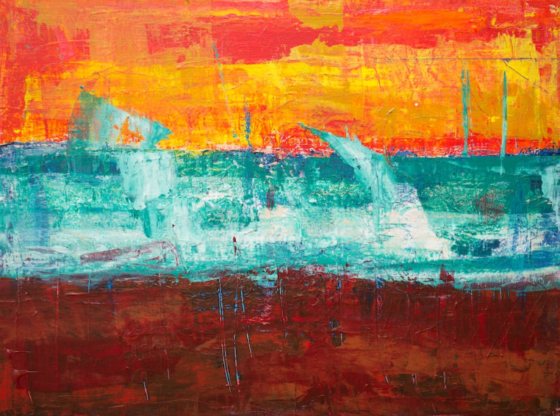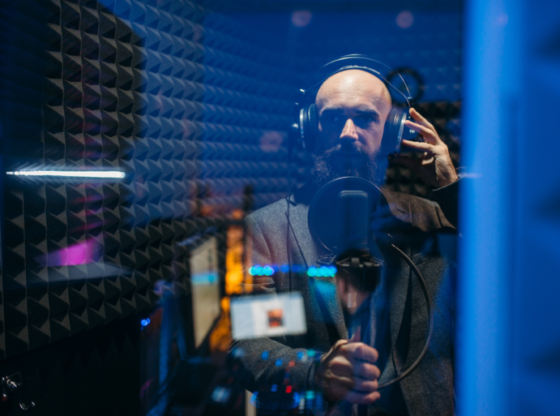Holi Festival is an annual Hindu celebration of spring’s arrival as well as love, forgiveness, and good over evil. It is mentioned in writings as far back as the 4th century. Today, it is one of the most popular festivals in India and Nepal, but it is celebrated around the world.
Holi Festival has been referred to as the Festival of Love and the Festival of Colors among other names. During the day, people sing and dance while scattering colored powders in the air and on each other. People will also use water guns and water balloons to spread color and play around. Once everybody cleans up, friends and family gather to continue the celebration. People can be seen wearing elegant Indian dresses to honor the occasion.
Holi Festival is typically held in March, although it can occasionally happen at the end of February on the Gregorian calendar. The date varies each year based on the last full moon before the spring equinox. In 2022, it was celebrated on March 18. In 2023, Holi Festival will occur on March 8.
How Did Holi Festival Originate?
Multiple legends contribute to the Holi Festival tradition and rituals. Although there are others, these are two of the prominent legends associated with Holi Festival.
Hiranyakashipu
According to one legend, Hiranyakashipu commanded everyone to worship him, but his son Prahlada was faithful to another god. Because of this, Hiranyakashipu demanded that his sister Holika hold Prahlada in a fire to burn him to death. Holika had the ability to enter fire without being harmed. But when she tried to use this ability for evil, Holika burned to death instead, and Prahlada was saved by the gods. For this reason, people celebrate the victory of good over evil during Holi Festival.
Krishna
Another legend involves King Kansa, who feared a baby named Krishna was destined to grow up and kill him. King Kansa sent the demoness Holika to give Krishna poisonous milk and kill him. However, Krishna lived after drinking the milk, and Holika burst into flames. Although Krishna survived, his skin turned blue.
Krishna worried that this would prevent the goddess Radha from falling in love with him. His mother Yashoda advised him to ask Radha to color his face any color she wanted. Krishna followed his mother’s counsel, and Krishna and Radha fell in love. This is why Holi Festival participants toss colored powders on each other to commemorate love and happiness.
How Is Holi Festival Celebrated?
Over the years, different areas have developed different lengths of celebration. Leading up to Holi Festival, people construct a massive bonfire and place an effigy at the top to represent Holika. They also prepare their wardrobe, which is often white clothing for the day and Indian dresses for gathering afterward.
On the eve of Holi Festival, they light the bonfire to signify good’s triumph over evil and the burning of Holika, the sister of the demon king. At that point, the celebration is underway, and people sing and dance into the night.
The following morning, people continue the celebration by caking each other with colored powder and tossing balloons full of colored water. The singing and dancing carry on while others play instruments the entire day. The colors are derived from various natural sources, such as flowers, berries, and leaves. Colors made by combining these ingredients are usually biodegradable, which minimizes their environmental impact.
As evening approaches, everybody washes off and wears lovely Indian dresses to spend time with family and friends. It is common for everyone to exchange sweets during this time together. Different geographic areas maintain the celebration for multiple days. Still, they typically celebrate the primary date simultaneously because the bonfire coincides with the last full moon before the spring equinox.
Where Is Holi Festival Celebrated?
Holi Festival is a national holiday in many places, including India, Nepal, and Suriname. It is celebrated in a number of other countries in Asia, Europe, Africa, North America, and the Caribbean. In the United States, celebrations occur in big cities like Houston, Boston, and Chicago. If you are fortunate enough to be in India around Holi Festival, be sure to soak in the joy and love expressed during the day and the beauty of the Indian dresses in the evening.
Summary
Holi Festival is a joyous time to celebrate many positive things. Although there are variations in the origin and the rituals, the spirit is the same around the world. Bonfires on the eve of Holi Festival celebrate good over evil. The celebration involving colors is used to honor love and happiness. At night, after cleaning up and donning Indian dresses, family and friends join to enjoy time together. It is easy to see why this tradition has lasted for so many centuries.











